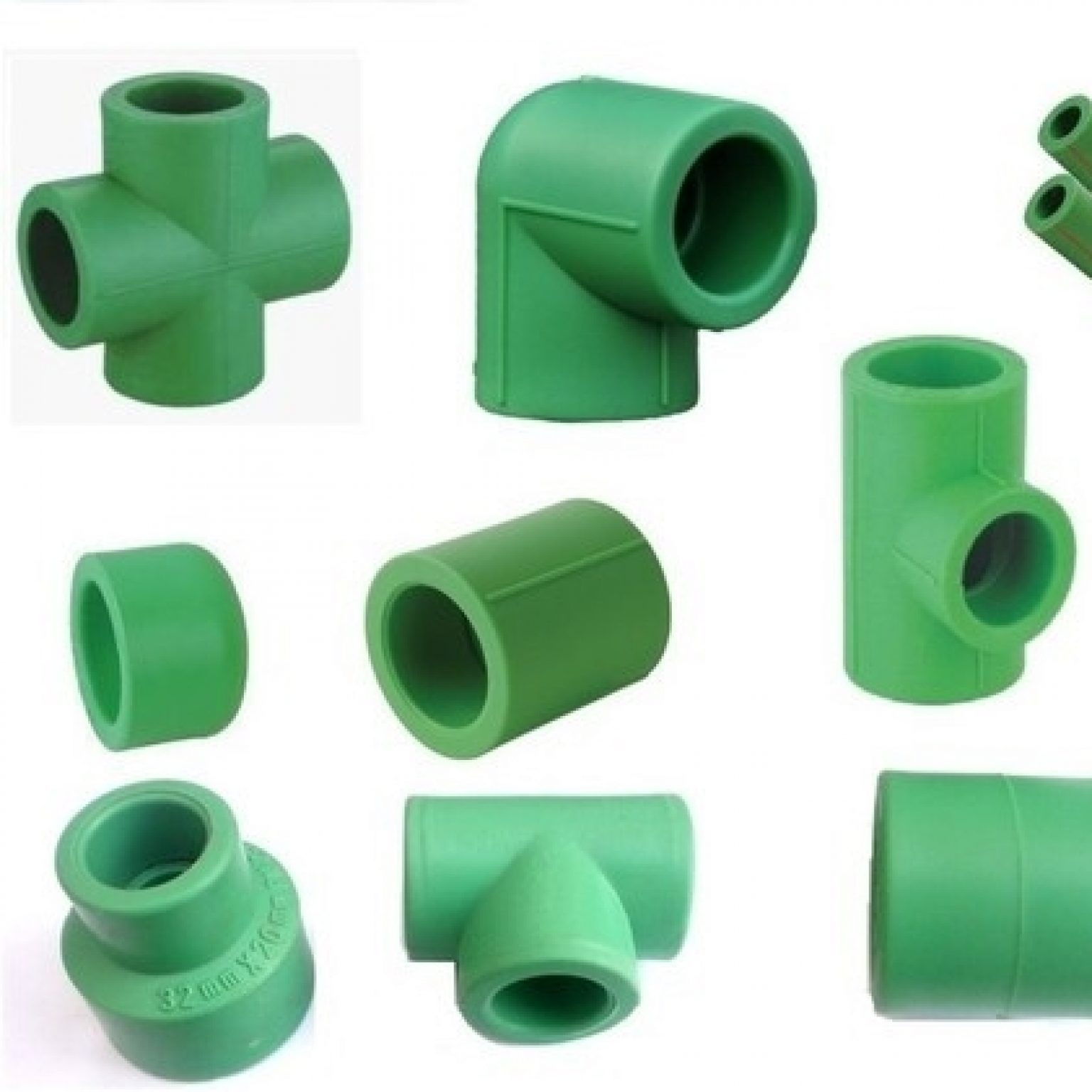Introduction
Polypropylene Random Copolymer (PPR) pipes have revolutionized plumbing and water supply systems worldwide. This article explores the innovative techniques and advancements in manufacturing these pipes, highlighting their benefits and applications in modern construction.
Advanced Manufacturing Techniques
PPR pipe manufacturing involves several advanced techniques that ensure durability, flexibility, and efficiency in water distribution systems. Modern manufacturers utilize state-of-the-art extrusion processes and quality control measures to produce high-quality pipes.
PPR pipes are typically manufactured through a process that includes raw material preparation, extrusion, cooling, and quality testing. The raw materials, primarily polypropylene and additives, are carefully selected to meet specific performance standards and environmental regulations.
Sustainable Practices in PPR Pipe Production
As environmental awareness grows, manufacturers are increasingly adopting sustainable practices in PPR pipe production. This includes using recycled materials, optimizing energy consumption during manufacturing, and implementing eco-friendly disposal methods for waste materials.
Sustainable manufacturing not only reduces the carbon footprint but also enhances the overall lifecycle assessment of PPR pipes. Innovations such as eco-design and closed-loop production systems are paving the way for more environmentally friendly solutions in the industry.
Market Trends and Future Outlook
The global market for PPR pipes is witnessing significant growth, driven by the increasing demand for reliable plumbing solutions in residential, commercial, and industrial sectors. Key trends include the development of antimicrobial PPR pipes, integration of smart technologies for leak detection, and expansion into emerging markets.
Looking ahead, advancements in material science and manufacturing technologies are expected to further enhance the performance and durability of PPR pipes. Innovations in jointing techniques, such as heat fusion and mechanical fittings, will continue to streamline installation processes and improve system reliability.
Conclusion
In conclusion, PPR pipe manufacturers are at the forefront of innovation, continuously improving manufacturing techniques and adopting sustainable practices to meet the growing global demand. As the industry evolves, PPR pipes are set to play a pivotal role in shaping the future of efficient water distribution systems worldwide.ppr fittings manufacturer

Leave a Reply